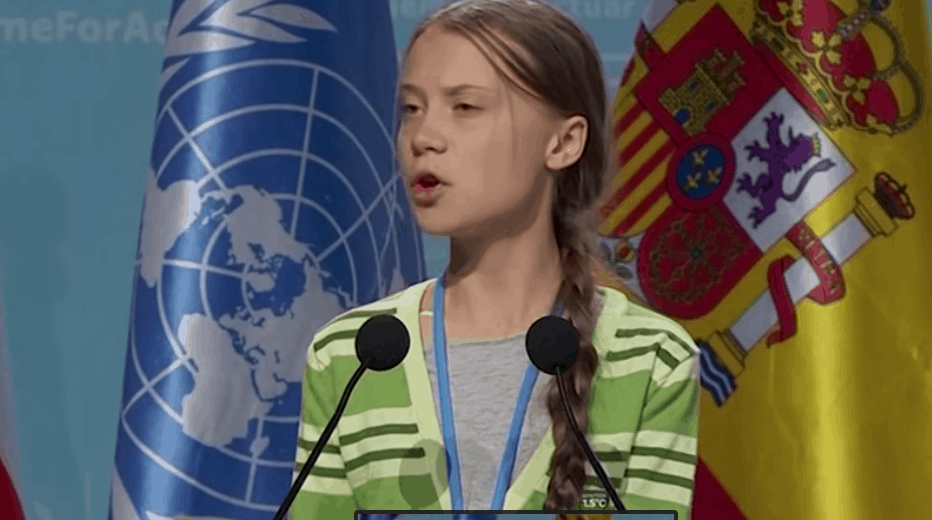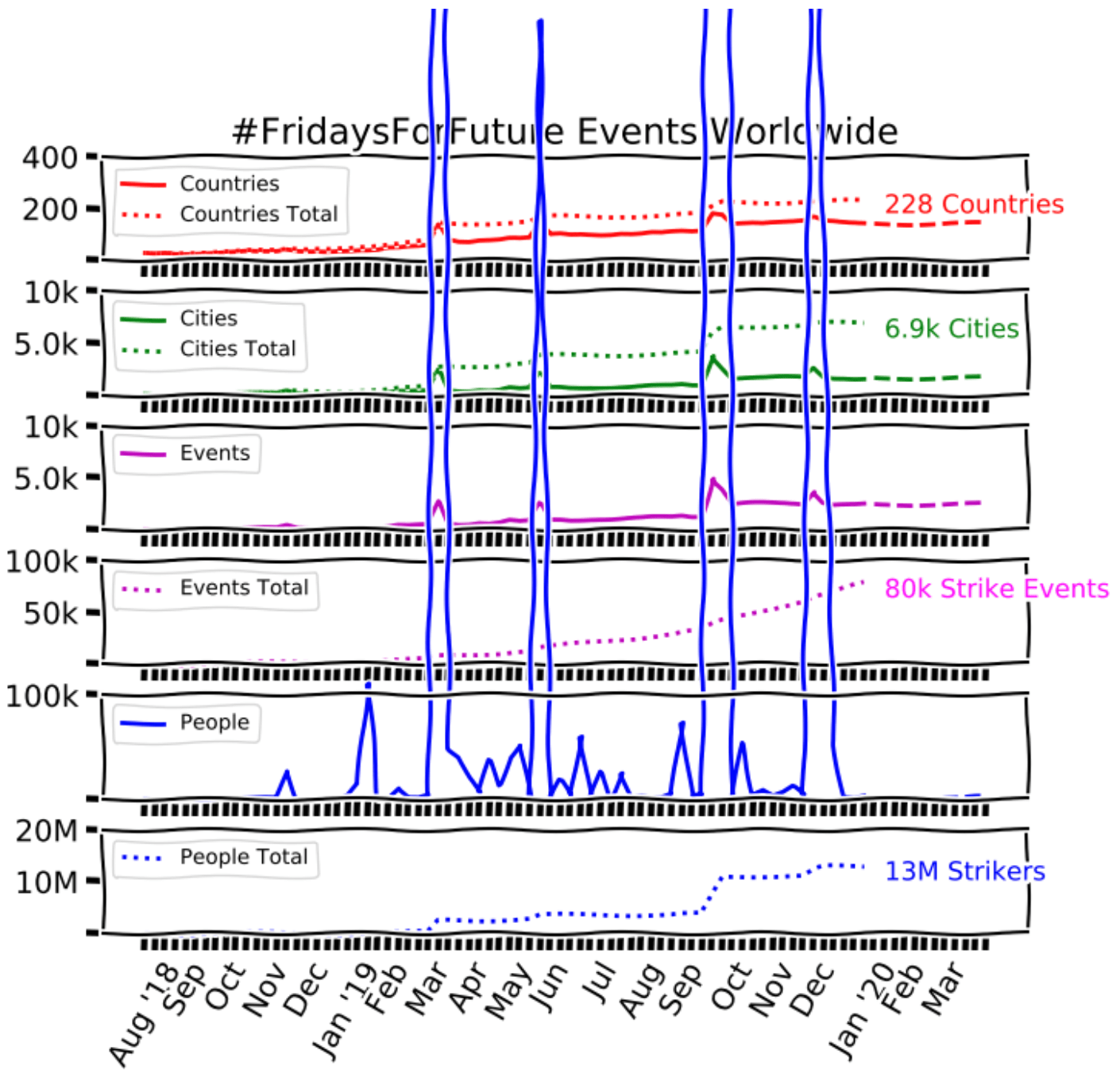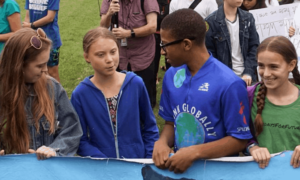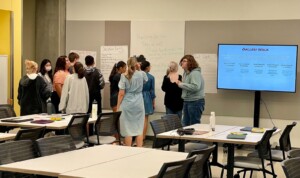Difference Making: New Tech Makes it Easier than Ever

In late August 2018, high school student Greta Thunberg sat outside Sweden’s Parliament holding a simple sign that said “School Strike for Climate.”
A year later, the Swedish teen had four million social media followers. The hashtags #FridaysForFuture and #Climatestrike spread, hundreds of volunteers added infrastructure, and millions of students and adults began to protest outside places of government worldwide. Her lone protest snowballed into a global movement mobilizing 13 million strikers in 30 countries for climate change. Time named Thunberg the 2019 Person of the Year.
It has never been easier to make a world of difference.
While Thunberg argues there has been insufficient action, the world is different than it was 15 months ago because of her protest—and the way it was amplified by social media.
Climate action isn’t new. A dozen years ago, friends of author Bill McKibben, author of one of the first general audience books on the climate crisis, launched 350.org (named after the safe concentration of carbon dioxide in the atmosphere). After more than a decade of doing good work in some obscurity, they came alongside Great and hosted Global Climate Strike, which provides much of the infrastructure for what has become a global explosion of climate action.
Here’s a summary of progress from Global Climate Strike:
 The ‘Greta’ impact formula is video-worthy visible action taken around a compelling goal with a repeatable call to action. What seems different than in 2008 when 350.org launched is the combination of short-form video, the pervasive reach of social media, and the ability to quickly and inexpensively provision digital infrastructure.
The ‘Greta’ impact formula is video-worthy visible action taken around a compelling goal with a repeatable call to action. What seems different than in 2008 when 350.org launched is the combination of short-form video, the pervasive reach of social media, and the ability to quickly and inexpensively provision digital infrastructure.
Five Tools for Difference Makers
There are five recently developed tools that make it easier for folks on a mission to make a difference.
1. Social channels. Social channels like Facebook, Snapchat, and YouTube are widely used to promote social benefit campaigns.
Communication tools like WhatsApp and WeChat connect several millions of difference makers internationally.
2. Coding tools. It’s never been easier to use open source tools to learn to code and develop an app for good. Check out the Global NGO Technology Report for examples.
Lots of coding resources can be found for free on Code.org, freeCodeCamp, Khan Academy, and YouTube. Microsoft and Google provide tons of free resources. It’s possible to learn cloud computing on AWS Educate. Computer science courses from the best professors can be found at Coursera and edX.
3. Machine learning tools. It’s getting easier to access to open source machine learning tools like TensorFlow from Google, PyTorch from Facebook, and Azure from Microsoft.
AI4ALL makes machine learning tools available to underrepresented students in summer school programs. Technovation powers AI Family Challenge.
4. Commerce platforms. A growing number of platforms make it easier to launch a business. Marketplaces like eBay and Etsy, commerce platform including Shopify, Squarespace, and Weebly and backed supports like Fulfillment By Amazon. Influencers make real money on YouTube and Instagram. Artists can showcase their work on a personal website or platforms like Behance, Deviantart or Dribbble.
5. Funding. As noted last week, the Emerson Collective portfolio makes evident that smart money is flowing to support ideas. In the venture sphere, ViIlage Capital supports impact-driven, seed-stage startups worldwide. Since 2009, they have worked with more than 1,100 entrepreneurs in 28 countries and invested in 110 startups. Similarly, Chloe Capital is funding female-led startups taking on big challenges like Geospiza and Journey Foods.
Kickstarter helps startups crowdfund good ideas. Donors Choose helps entrepreneurial teachers get the resources they need.
Whoever you are, wherever you are, it is easier to gain access to the right kind of capital—grants, loans, or impact-focused equity—for making a difference.
These innovations have made it easier than ever to turn a passion project into an impact organization. They should be incorporated into high school introduction to entrepreneurship courses so young people learn that it’s not just about getting a job; it’s about making a difference.
For more, see:
- Getting Started with AI: Resources For You and Your Community
- Podcast: Using AI to Solve Problems in Communities with Tara Chklovski
- Podcast: Exposing Engineering to Underrepresented Groups with Dr. Amon Millner
Stay in-the-know with innovations in learning by signing up for the weekly Smart Update.
This post was originally published on Forbes.





0 Comments
Leave a Comment
Your email address will not be published. All fields are required.